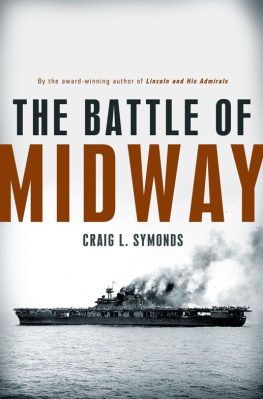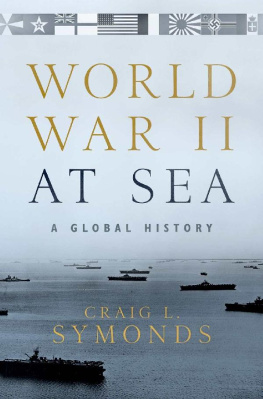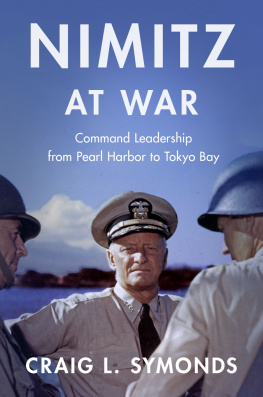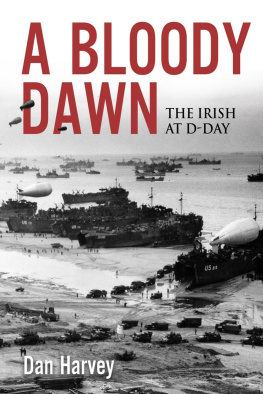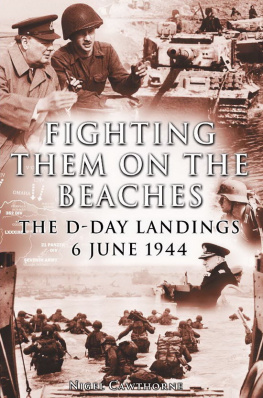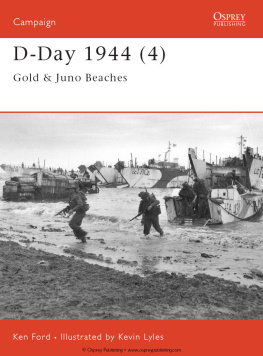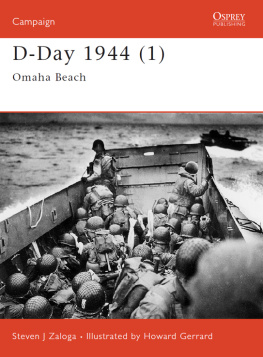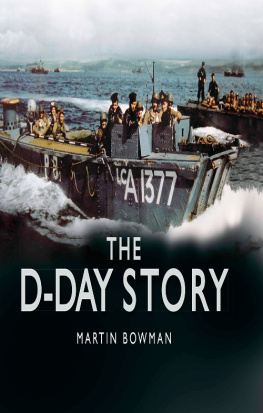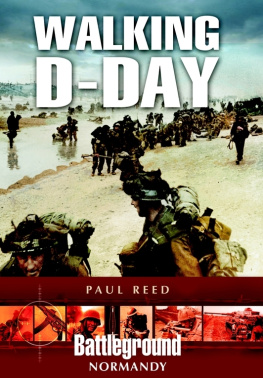NEPTUNE
NEPTUNE
THE ALLIED INVASION OF EUROPE AND THE D-DAY LANDINGS
CRAIG L. SYMONDS


Oxford University Press is a department of the University of Oxford.
It furthers the Universitys objective of excellence in research, scholarship, and education by publishing worldwide.
Oxford New York
Auckland Cape Town Dar es Salaam Hong Kong Karachi
Kuala Lumpur Madrid Melbourne Mexico City Nairobi
New Delhi Shanghai Taipei Toronto
With offices in
Argentina Austria Brazil Chile Czech Republic France Greece
Guatemala Hungary Italy Japan Poland Portugal Singapore
South Korea Switzerland Thailand Turkey Ukraine Vietnam
Oxford is a registered trade mark of Oxford University Press in the UK and certain other countries.
Published in the United States of America by
Oxford University Press
198 Madison Avenue, New York, NY 10016
Craig L. Symonds 2014
All rights reserved. No part of this publication may be reproduced, stored in a retrieval system, or transmitted, in any form or by any means, without the prior permission in writing of Oxford University Press, or as expressly permitted by law, by license, or under terms agreed with the appropriate reproduction rights organization. Inquiries concerning reproduction outside the scope of the above should be sent to the Rights Department, Oxford University Press, at the address above.
You must not circulate this work in any other form, and you must impose this same condition on any acquirer.
Library of Congress Cataloging-in-Publication Data
Symonds, Craig L.
Neptune : the Allied invasion of Europe and the
D-Day landings / Craig L. Symonds.
pages cm
Includes bibliographical references and index.
ISBN 978-0-19-998611-8 (hardback : acid-free paper)
1. Operation Neptune. 2. World War, 19391945
CampaignsFranceNormandy.
3. World War, 19391945Naval operations.
4. Military planningHistory20th century. I. Title.
D756.5.N6S96 2014
940.54'21421dc23
2013036647
1 3 5 7 9 8 6 4 2
Printed in the United States of America
on acid-free paper
For three great teachers:
Jeff Symonds, Susan Witt, and Carol Margaret Mason
CONTENTS
Neptune is a joint BritishUnited States Operation, the object of which is to secure a lodgment on the Continent from which further offensive operations can be developed. It is part of a large strategic plan designed to bring about total defeat of Germany by means of heavy and concentrated assaults upon German-occupied Europe from the United Kingdom, the Mediterranean, and Russia.
Top-secret Neptune operation order no. BB-44, May 20, 1944
F OR MANY, and for Americans in particular, the mention of D-Day conjures up an image of Omaha Beach, very likely that moment when the bow ramp of a landing craft drops into the surf and young soldiers, some of them teenagers, charge out to meet their fate. Whether because of Hollywood depictions or the haunting and harrowing photos taken by Robert Capa that day, it is a moment that has become etched in our national memory. And so it should. It reminds us of the terrible cost of war and of the sacrifices of those who bear it.
But it is a moment with a long backstory, one that has been told only in fragments and which is too often overlooked. Before the first landing craft nudged up onto the sand, before the first soldier stepped out onto the beach to face that merciless machine gun fire, a great deal had to happen. Men burdened with the responsibility of strategic decision making had to order it; others challenged to make it possible had to plan it; still others had to design and build the ships that carried the men and their equipment first from America to England and then, after months of training, across the Channel to occupied France. The Allied invasion of the Normandy beaches on June 6, 1944, bore the designation Operation Overlord, but everything that came before it, including the surge across the Channel and the landing itself, was part of Operation Neptune, and D-Day could not have taken place without it.
Neptune, the Roman god of the sea, is traditionally depicted as a bare-chested, muscular, white-bearded deity, often wielding a trident and driving a chariot pulled by seahorses. At the Quadrant Conference at Quebec in May 1943, where the Combined Chiefs of Staff of Britain and the United States confirmed the long-delayed decision to invade German-occupied France one year hence, it seemed an appropriate designation to apply to the massive amphibious operation that had just been approved. Massive is not an overstatement. Operation Neptune was the largest seaborne assault in human history, involving over six thousand vessels and more than a million men. This book is a study of how the British and Americans managed to overcome divergent strategic views, Russian impatience, German U-boats, insufficient shipping, training disasters, and a thousand other obstacles to bring the Allied armies to Normandy and keep them there.
Many of those at the Quebec conference who solemnly affirmed the decision to invade the European continent in the spring of 1944 wondered at the time if it represented anything more than wishful thinking, for the shipping needed to conduct such an invasion simply did not exist. The Americans, confident that their unrivaled industrial capability could meet any challenge, were far more sanguine than the British, who could barely conceive of an armada of six thousand ships. After all, ships were needed to maintain the lifeline of supplies from the United States to both Britain and Russia; more ships were needed to transport a million or more American soldiers across the ocean, and then to supply them with mail and cigarettes; still more were needed to ferry the jeeps, trucks, tanks, bombs, bullets, fuel, and all the other tools of war from the United States to England. And to guard these vessels from the predations of enemy U-boats, escort shipsdestroyers, corvettes, and auxiliary aircraft carrierswere needed as well. For the invasion itself, still more ships of a quite specialized type were needed to transport the invaders and their equipment across the Channel to the landing beaches, and then to evacuate the wounded and the prisoners back to Britain. And all of this had to be accomplished while still more shipsthousands of themcarried out a naval war against Japan halfway around the world. These ubiquitous demands put severe pressure on the decision makers. During World War II, a dearth of shipping was the key logistical constraint in Allied decision-making, and because of it, the most important Anglo-American strategic decisions of the war were less a product of what they wanted to do than of what they could do.
All the great milestone events of military history have a strategic element, a logistical element, and an operational element. Strategic planning for Neptune began even before the United States entered the war, with the formation and development of the Anglo-American partnership. From the moment the British Expeditionary Force evacuated the beaches of Dunkirk in late May and early June 1940, British plannersand soon enough American plannersbegan to consider how, when, and where the Western Allies could reenter the European continent in force. The urgency of such planning varied dramatically between 1941 and 1944, and almost as dramatically between the ostensible partners, with the British far less eager than the impetuous Americans, or after June 1941 the hard-pressed Russians, to sanction a swift return to the Continent. These issues became topics of sometimes sharp exchanges between the English-speaking allies. There were also disagreements, misunderstandings, and rivalries between and among the various services within each country, including disputes about the relative importance of an expanded Pacific War or an all-out commitment to strategic bombing. In the end, a consensus, if not quite unity, was achieved, and Europe was liberated, though it was, as Wellington said of Waterloo, a near-run thing.
Next page


